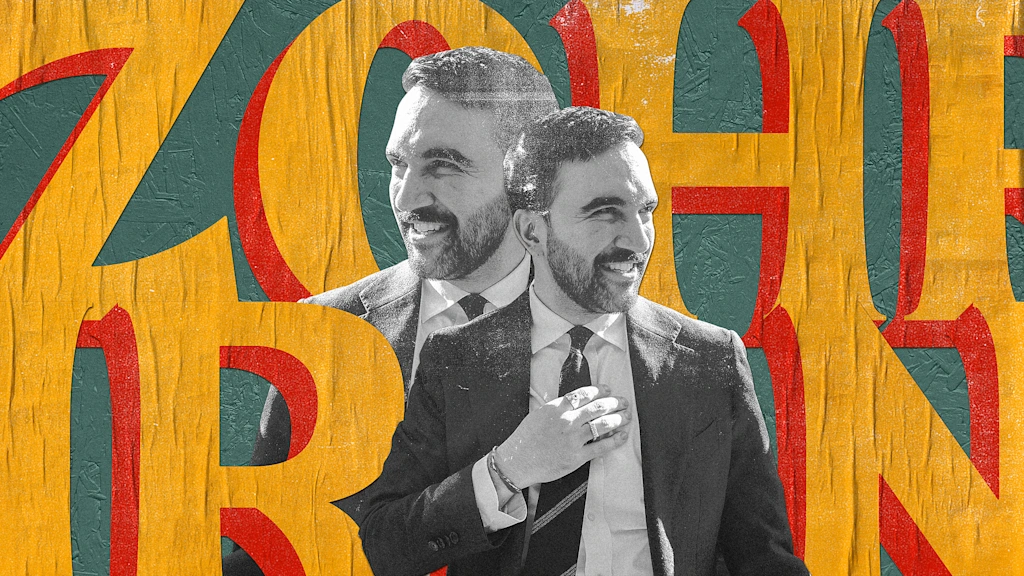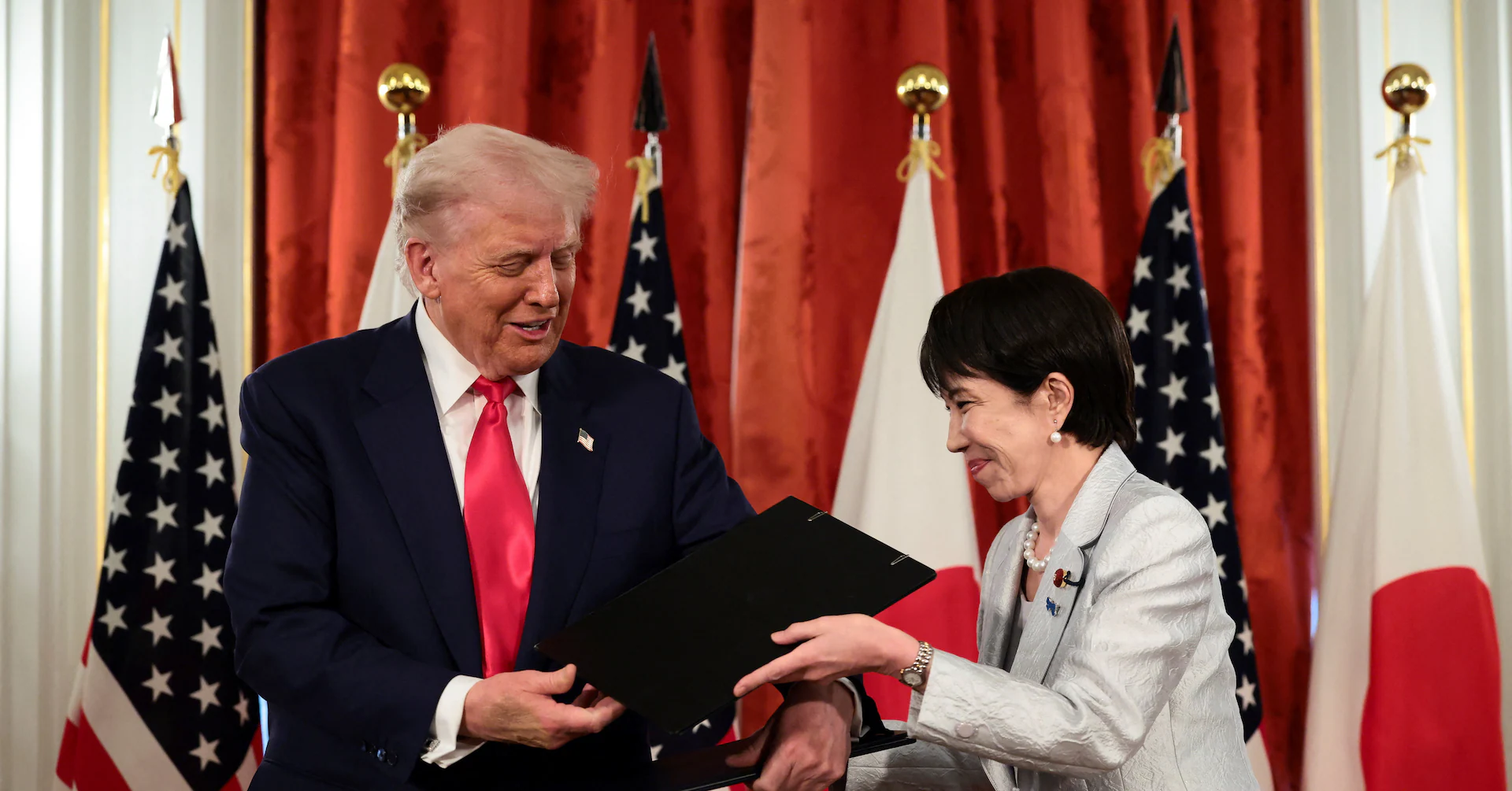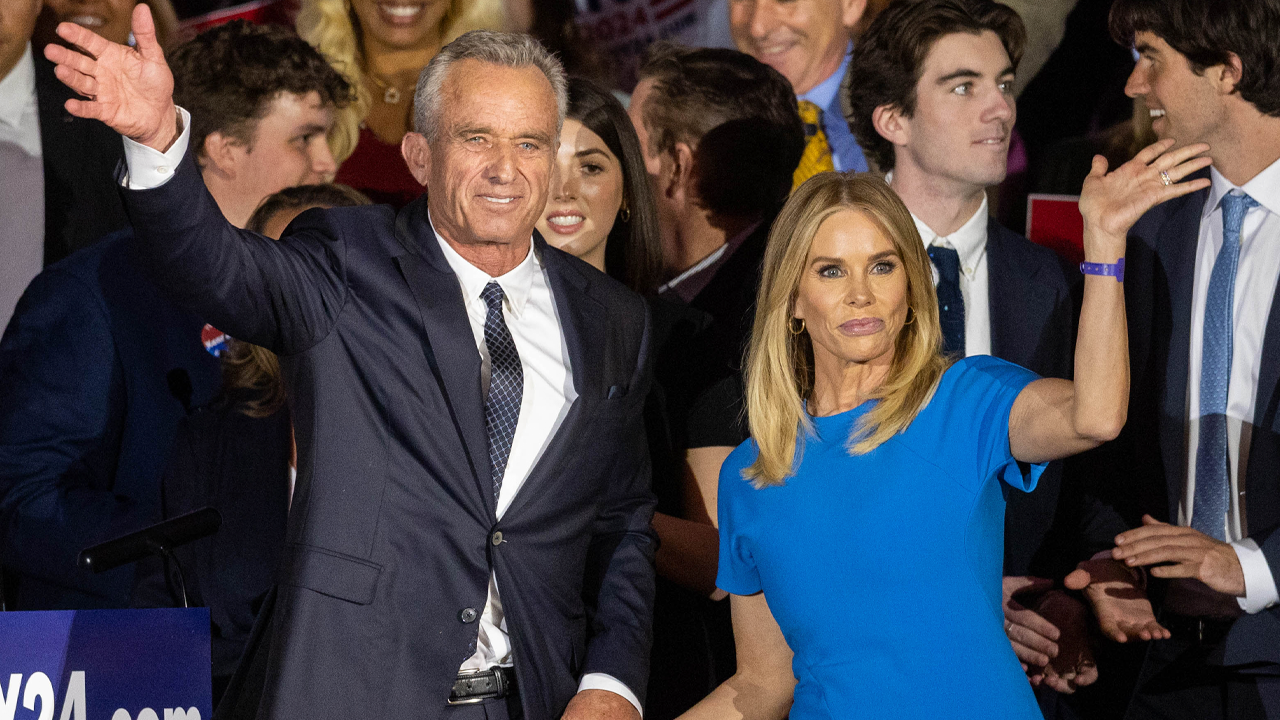Copyright Fast Company

The people of New York have spoken. In electing Zohran Mamdani mayor, they voted for generational change, democratic socialism, and joyful pop-culture politics. The historical significance of Mamdani’s victory will be parsed for days, weeks, and years to come. But the people of New York did not just elect a mayor, they also voted to change the way housing gets built in one of the tightest housing markets in the United States. Voters passed three ballot initiatives designed to speed up and increase housing production by an even greater margin than Mamdani’s victory. With these ballot initiatives, Mamdani also won a huge victory—one he didn’t even campaign for, though he did voice his support for the measures the night before the election. These ballot measures will make at least some of his housing policies meaningfully easier to achieve, including his promise to build 200,000 low-income apartments, and his desire to spread housing construction more equitably across the city. Mamdani’s victory signified voters’ hunger for change, especially when it comes to new approaches to reducing the cost of living. The housing ballot measures were yet another indicator of the same phenomenon. Local leaders elsewhere should take note. Subscribe to the Design newsletter.The latest innovations in design brought to you every weekday Privacy Policy | Fast Company Newsletters What New Yorkers Voted For Local media outlets like The City and The New York Times have good explainers on the ballot initiatives. I’ll briefly describe the most significant updates here and how they might impact housing in the U.S.’s most populous city. Ballot Measure 2 creates a new expedited review and approval process for all publicly funded affordable housing projects, turning what can be an 18-month process into a 3-month process. It also creates a new affordable-housing fast track for all housing projects in the 12 community districts (out of 59 total) that have permitted the least-affordable housing in recent years. These 12 community districts will mostly be more suburban parts of the city in eastern Queens, south Brooklyn, and Staten Island. They are, as it happens, the same parts of the city that supported former Governor Andrew Cuomo in the mayor’s race. (Cuomo endorsed the ballot measures.) Ballot Measure 3 creates an expedited rezoning and environmental review process for small housing projects and zoning variances. Projects allowed under this policy would generally be limited to 45 feet in height in low-density areas, or a 30% increase over allowed density in higher-density areas. This measure will allow totally new project types that are not currently built in New York, including “missing middle” housing in low-density zones. Larger projects that require zoning variances will now be able to get them in a quicker process through the nonpolitical Board of Standards and Appeals, rather than the City Council. Ballot Measure 4 creates a new appeals board that gives projects rejected by the City Council another chance at approval. Eligible projects would have to include affordable housing, whether through the city’s local inclusionary zoning policy, called Mandatory Inclusionary Housing, or as a city-funded affordable housing project. This measure effectively ends the practice of “member deference,” in which a single council member can block a project in their district. In sum, these measures will make it much faster to approve all affordable housing projects and many market-rate housing projects; they reduce uncertainty for all housing proposals; they will allow new housing to be built in neighborhoods that have traditionally built very little; and they move power over development away from the City Council and to the mayor and appointed boards like the Planning Commission and Board of Standards and Appeals. Mamdani’s vision for housing All of these outcomes correspond to housing policy goals that Mamdani has articulated, including the goal of constructing 200,000 new, union-built, deeply affordable housing units over 10 years. Funding that promise—especially while sticking with union labor and very deep levels of affordability—will be a tall order. But these ballot measures will make achieving this overall goal more of an economic problem than a political one. Getting affordable developments built will not require project-by-project land use battles. advertisement Mamdani has also voiced his support for spreading housing production more evenly across the five boroughs, particularly to wealthier neighborhoods. Ballot Measure 2 does exactly that, through its special rules for the NIMBYest community districts, and Ballot Measure 3 moves toward the same goal by opening up new development opportunities in low-density areas. As his campaign progressed, Mamdani emphasized the importance of government efficiency and effectiveness. These ballot initiatives will allow government to act more quickly on its housing goals, spending less staff time and resources on approval processes. The newly elected mayor has also warmed to the idea of market-rate and mixed-income housing being part of the solution to the city’s housing crisis. While mostly focused on 100% affordable housing projects, these measures will help market-rate projects, too, by eliminating council member deference and streamlining mixed-income projects in NIMBY strongholds. What these ballot measures will not do is move the needle on Mamdani’s signature campaign promise to freeze the rent for rent-stabilized tenants. That action goes through a whole different entity—the Rent Guidelines Board—and comes with a host of legal and political questions. What the ballot measures may do, however, is set the stage for a sort of “grand bargain” around housing production and tenants’ rights. By supporting both of these policy goals simultaneously, Mamdani could build his credibility among constituents in both camps. There’s also some evidence that tenants tend to be more supportive of housing development when strong renter protections are in place, as Rogé Karma reported in a recent piece in The Atlantic. Throughout the campaign over the ballot initiatives, the largest opponent was the New York City Council, whose powers will unquestionably be diminished by these new policies. The Council’s “no” campaign relied on the fact that the initiatives were developed by a commission appointed by Mayor Eric Adams, a highly unpopular figure in New York politics. But soon neither Adams nor Cuomo (the candidate Adams endorsed) will be in City Hall. The new powers afforded by these ballot initiatives will be held by a 34-year old democratic socialist. How will he use them to reshape the city?



